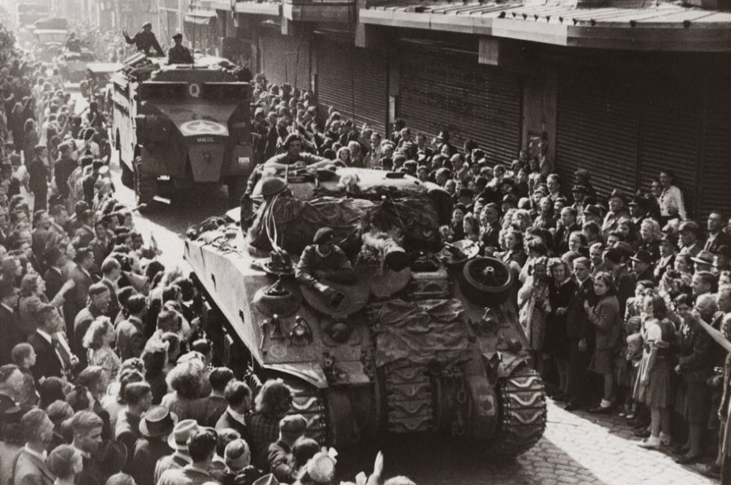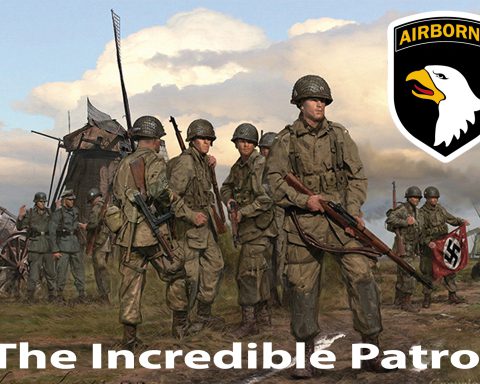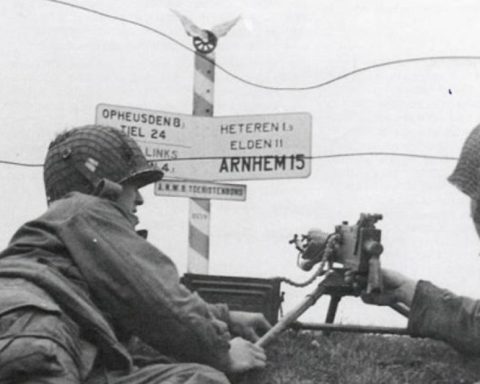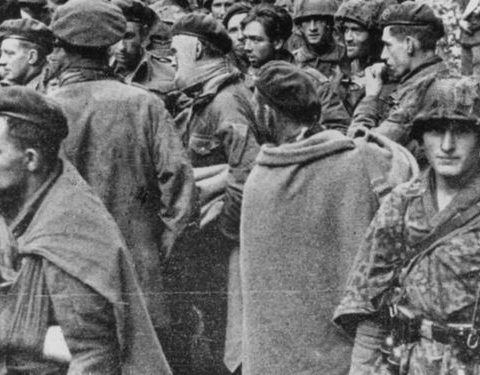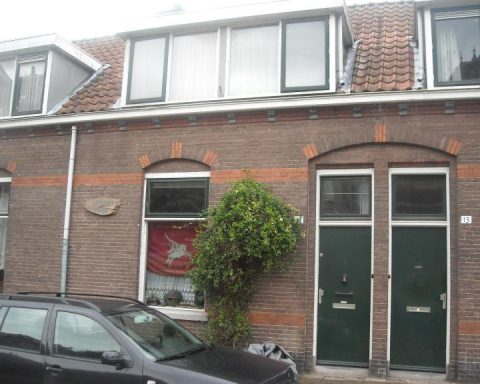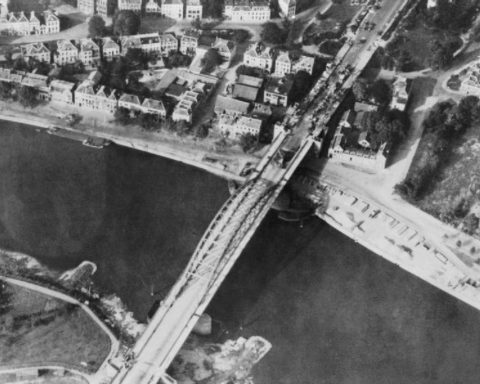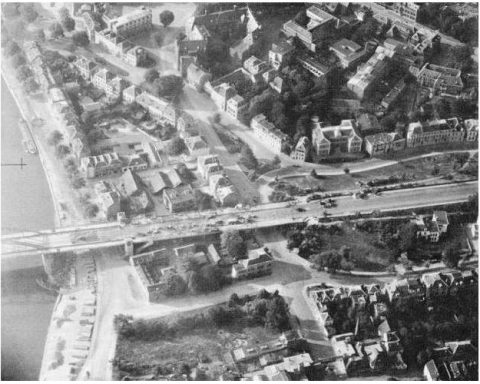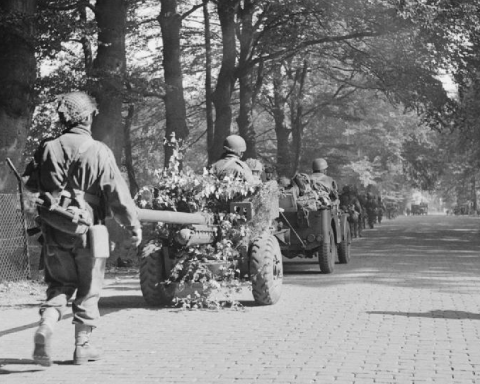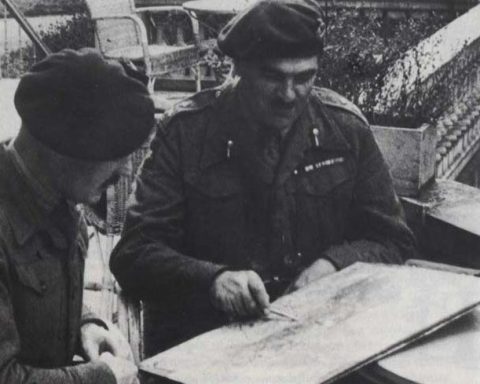The leading ground troops of XXX Corps, led by British General Horrocks, had not advanced beyond Valkenswaard on Sunday, September 17. The Germans had fought back more fiercely than the British had anticipated. The advance north was therefore slow.
The bridge at Son, between Eindhoven and Grave, had been blown up the day before before the paratroopers of the 101st Airborne Division could capture the bridge. Because a Bailey bridge had to be built here first, the leadership of XXX Corps thought they could take it easy until then. General Horrocks did not realize that XXX Corps had the materials to build that Bailey Bridge, and that nothing happened in Son before the ground engineers arrived there.
In the early morning of Monday, September 18, the vanguard of XXX Corps was halfway between the Belgian border and Eindhoven, in Valkenswaard. Because there were reports about the presence of German Jagdpanther, the road in the direction of Eindhoven was first extensively explored before the troops started moving.
The vehicles did not leave until 10:00 am. The Irish Guards, who also led the way on Monday, September 18, did so more cautiously than the day before. The day before the unit had lost nine Sherman tanks. Further losses were to be prevented by proceeding more cautiously.
A top executive of Philips in Eindhoven had gone through the lines to give the British a map on which he had drawn the location of all the German artillery. That was very helpful, but the advance was still hampered by a number of delays. For example, the British were held up by four pieces of German 88 mm artillery, supported by infantry south of Eindhoven.
The first Allied armored vehicles drove through Eindhoven around 5:30 PM. The British wanted to get through the city as quickly as possible, but were held up by the partying population of Eindhoven who celebrated that they had finally been liberated.
Contact
In the city, the ground troops made contact with the troops of the 101st Airborne Division, who had entered the city from the north earlier that day. The 101st Airborne Division had been dropped the day before north of Eindhoven and near Grave to secure bridges. With the exception of the bridge at Son, north of Eindhoven, this went without any problems.
Soldiers of the 101st Airborne Division had tried to capture another bridge near Best, but this was also blown up by the Germans.
Only at 4 p.m. was the 101st Airborne Division able to make it clear to the army leadership of XXX Corps that the engineers of the ground troops were needed to build a bailey bridge over the Wilhelmina Canal at Son.
The 14th Engineer Field Company of the Royal Engineers quickly arrived on the scene. During the night of September 18 to 19, everyone worked hard to build a Bailey bridge so that XXX Corps could continue to Nijmegen and Arnhem the next day.
According to the original plans, XXX Corps should reach Arnhem on Tuesday, September 19, in the afternoon. In the evening of Monday, September 18, it was clear that the ground troops had been delayed for more than 24 hours.
The paratroopers in Nijmegen and Arnhem were on their own for the time being…

